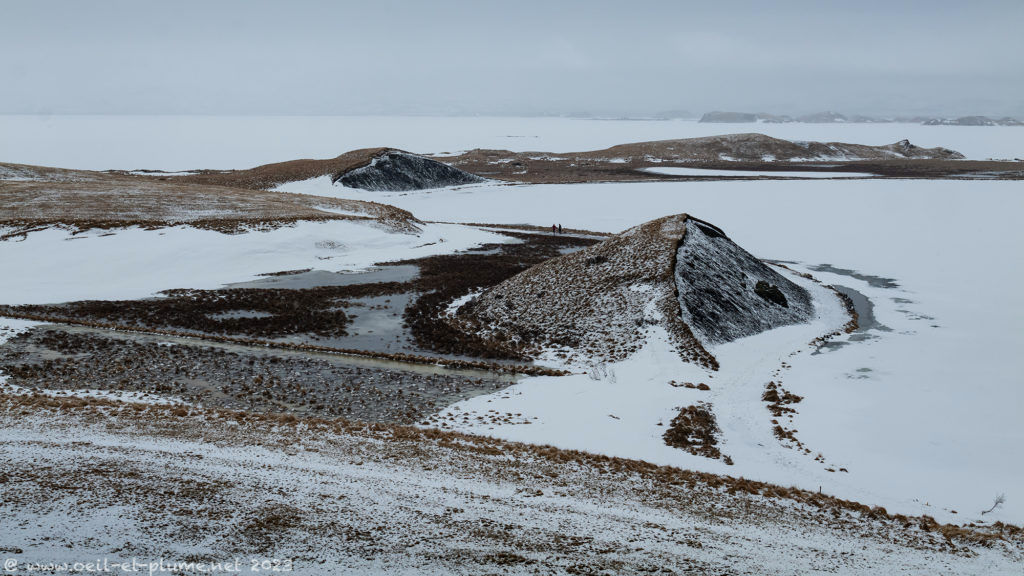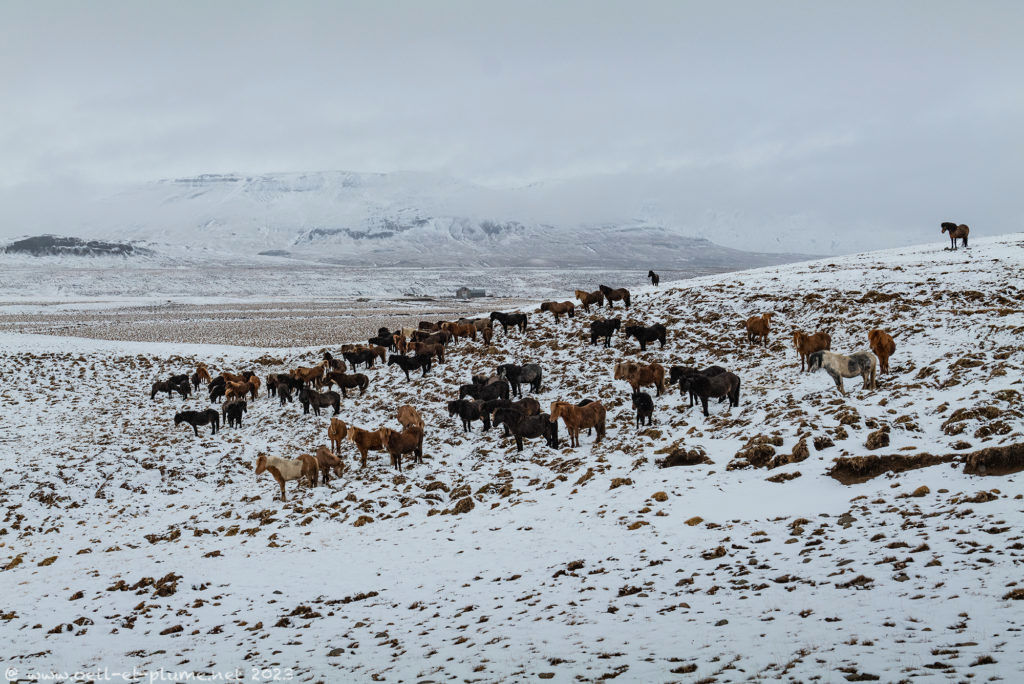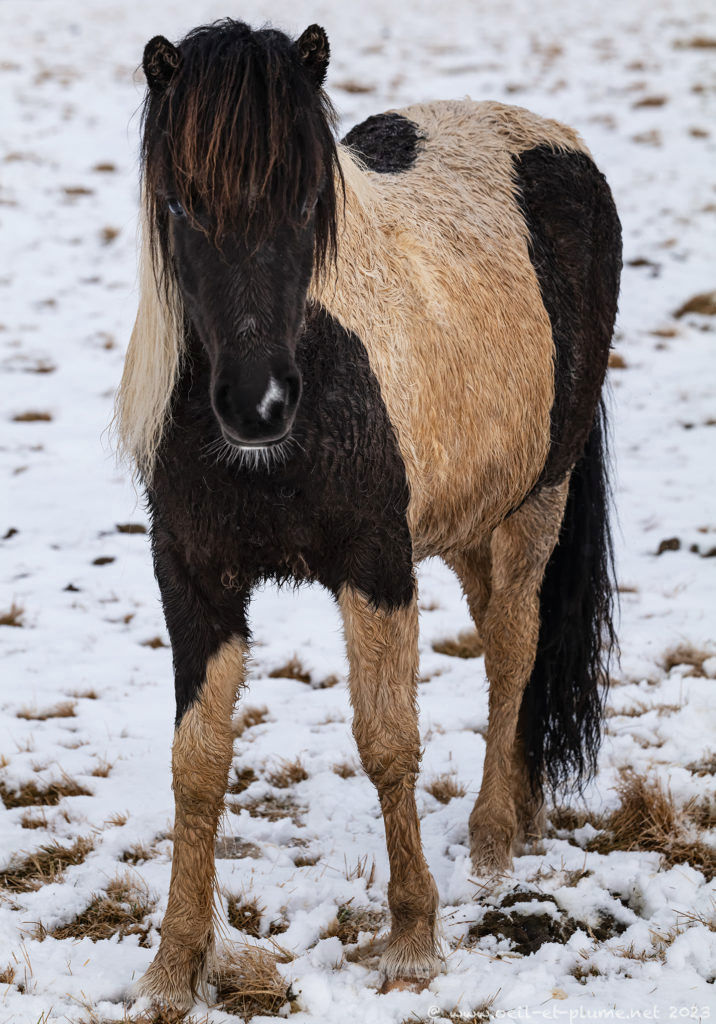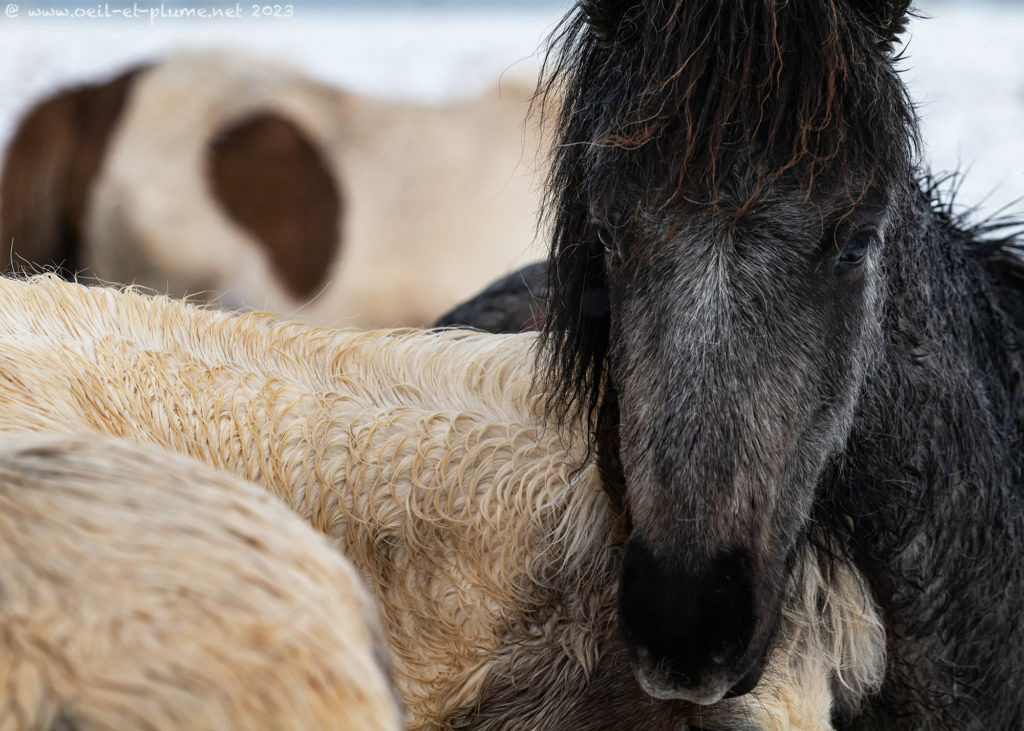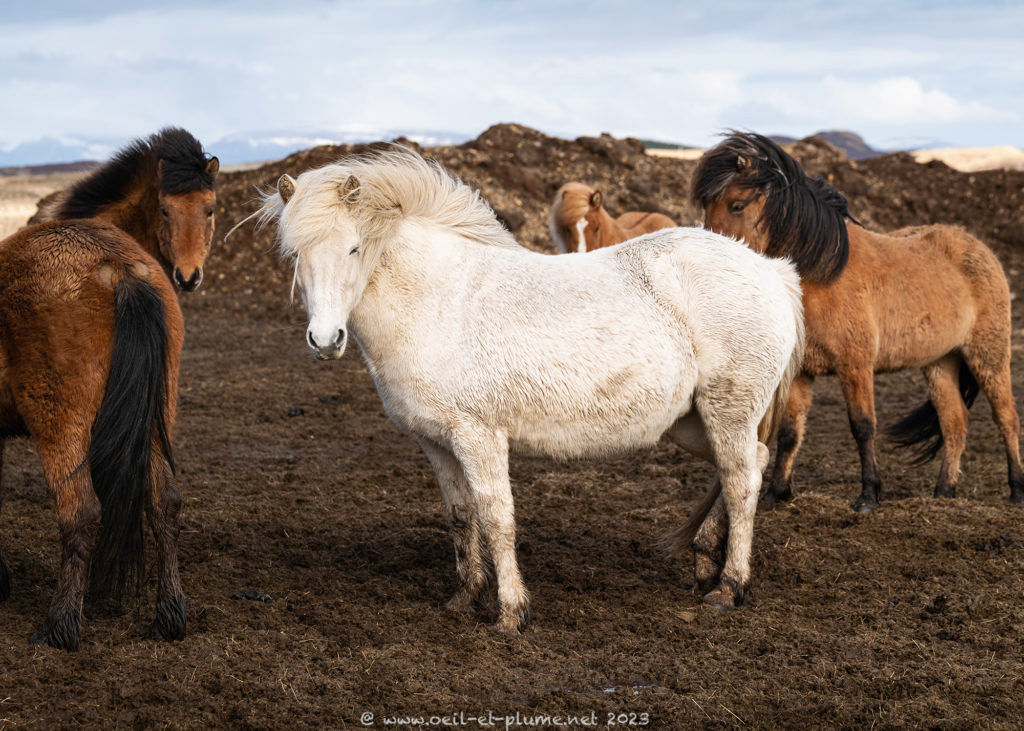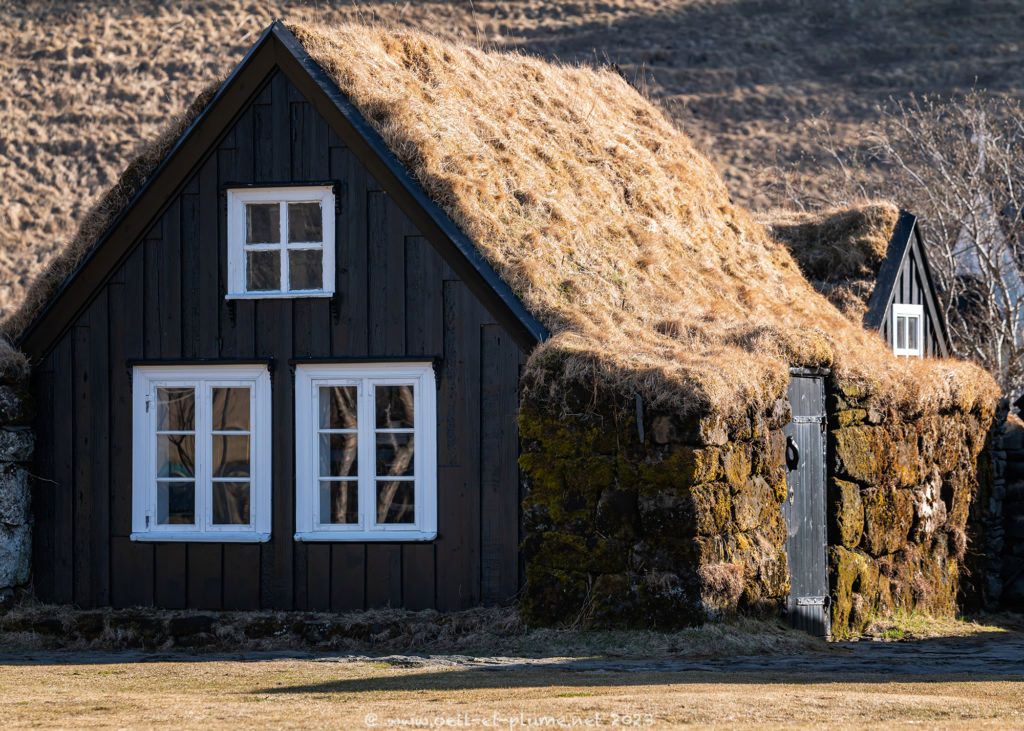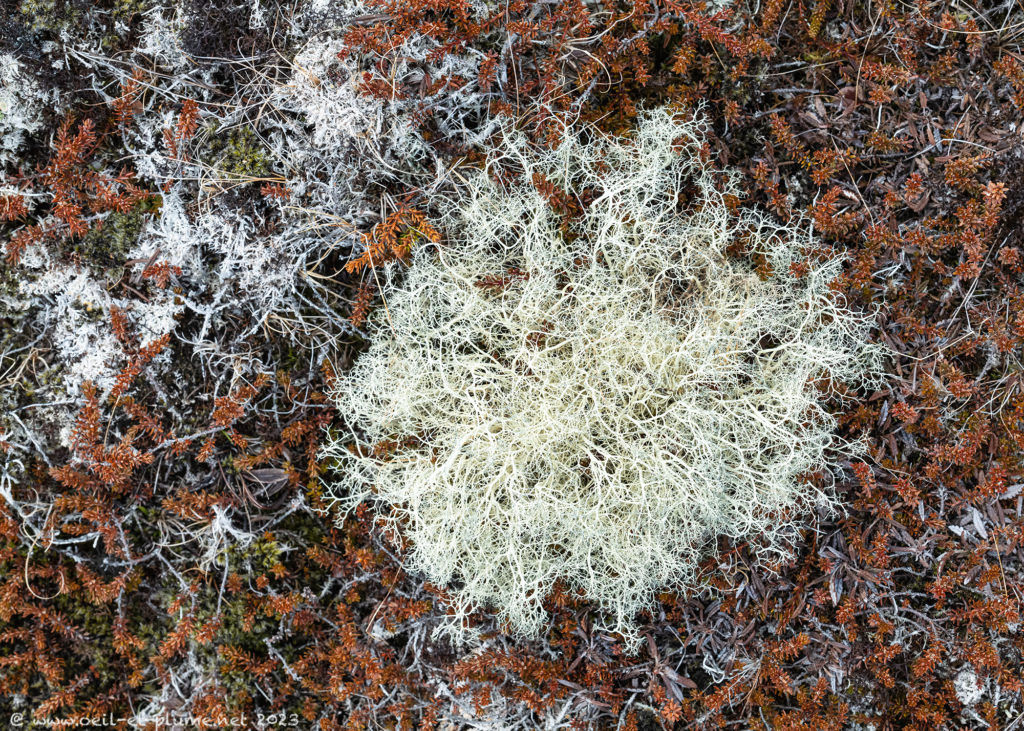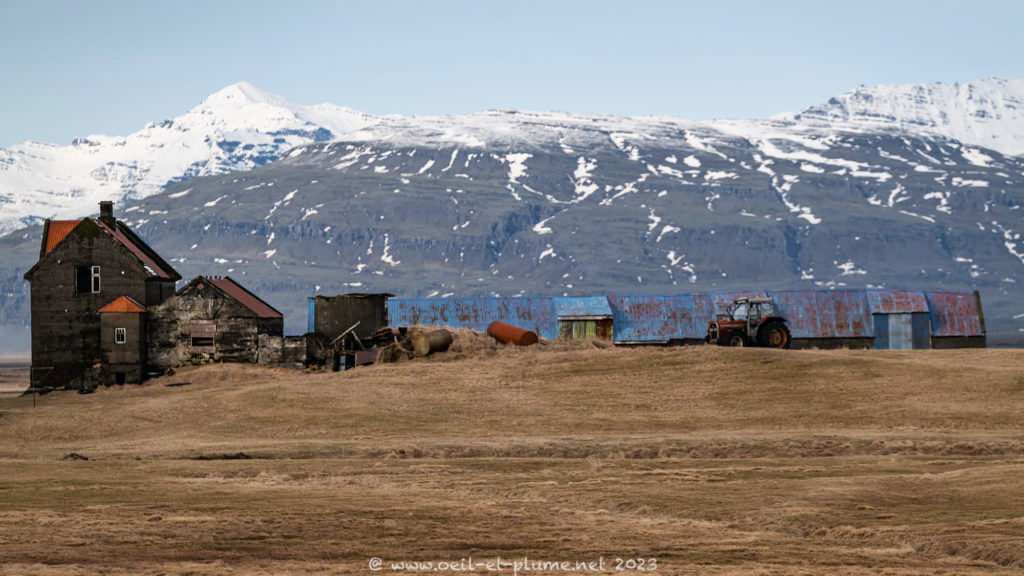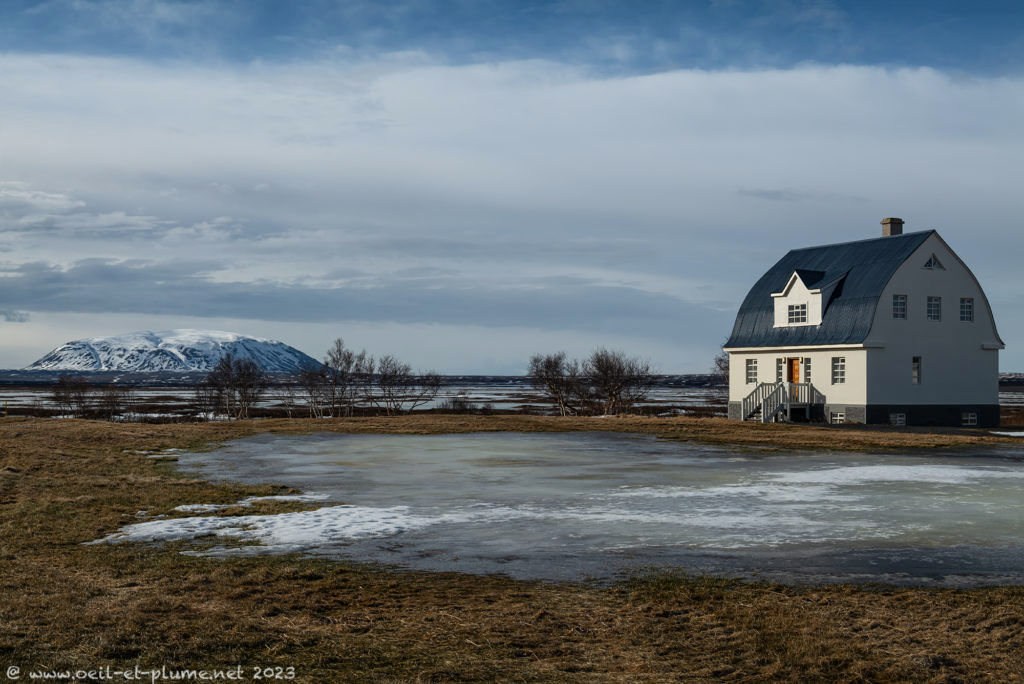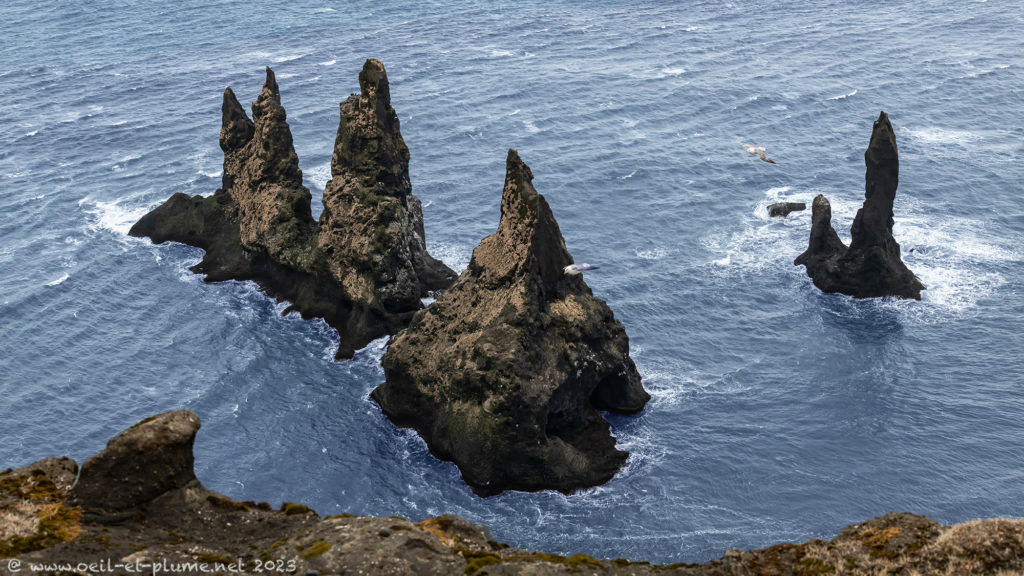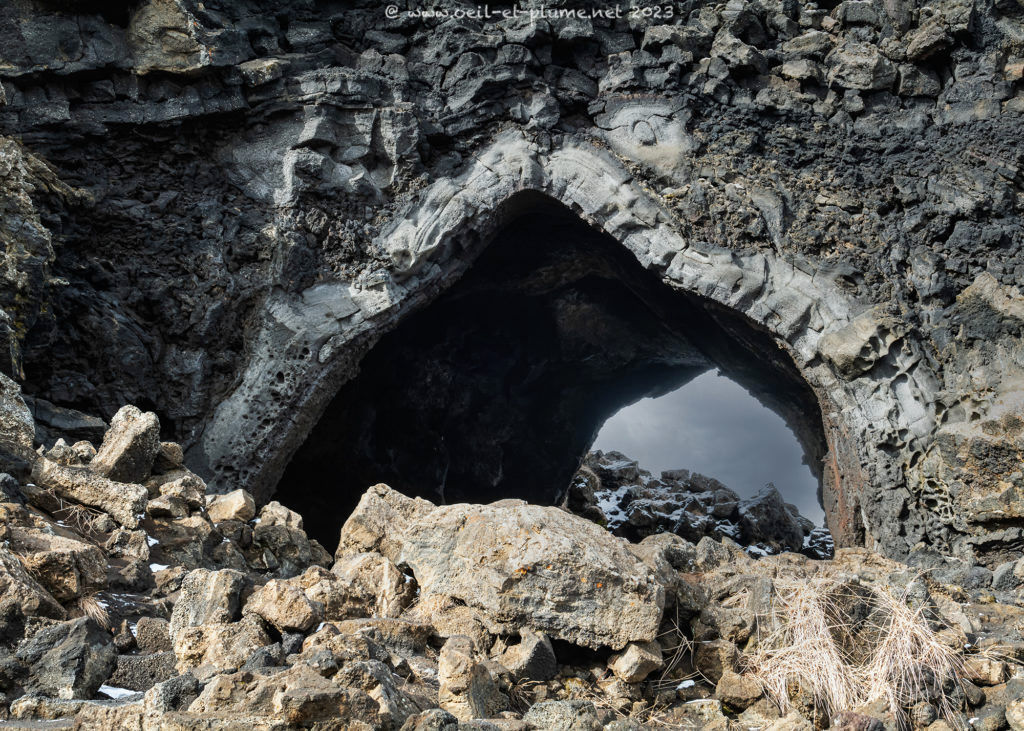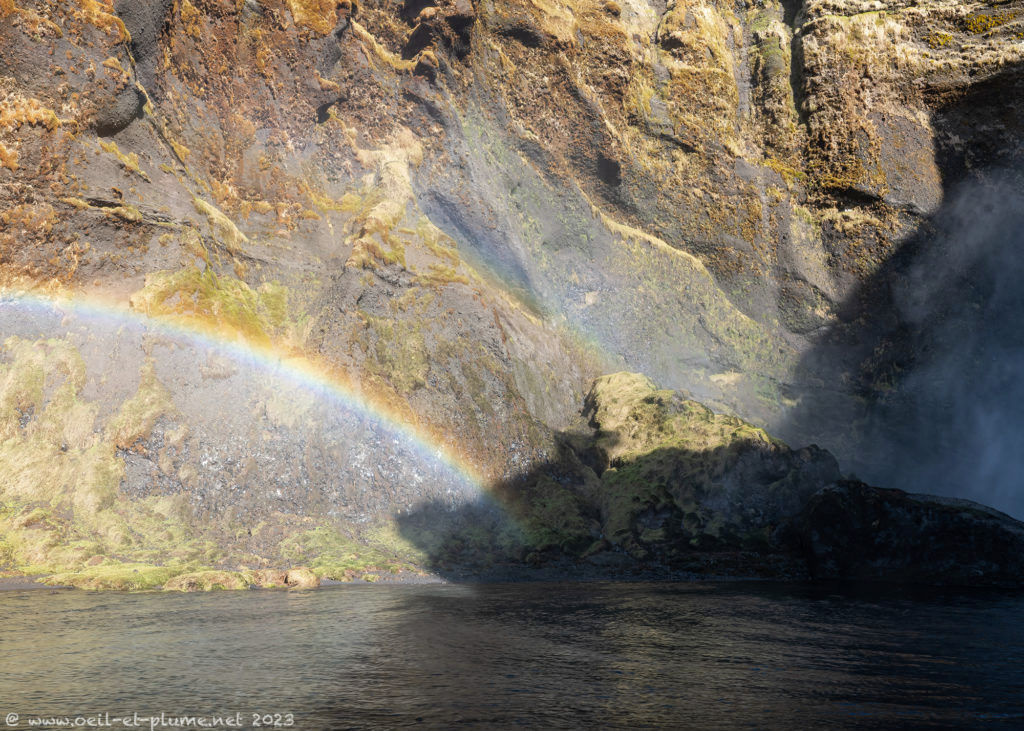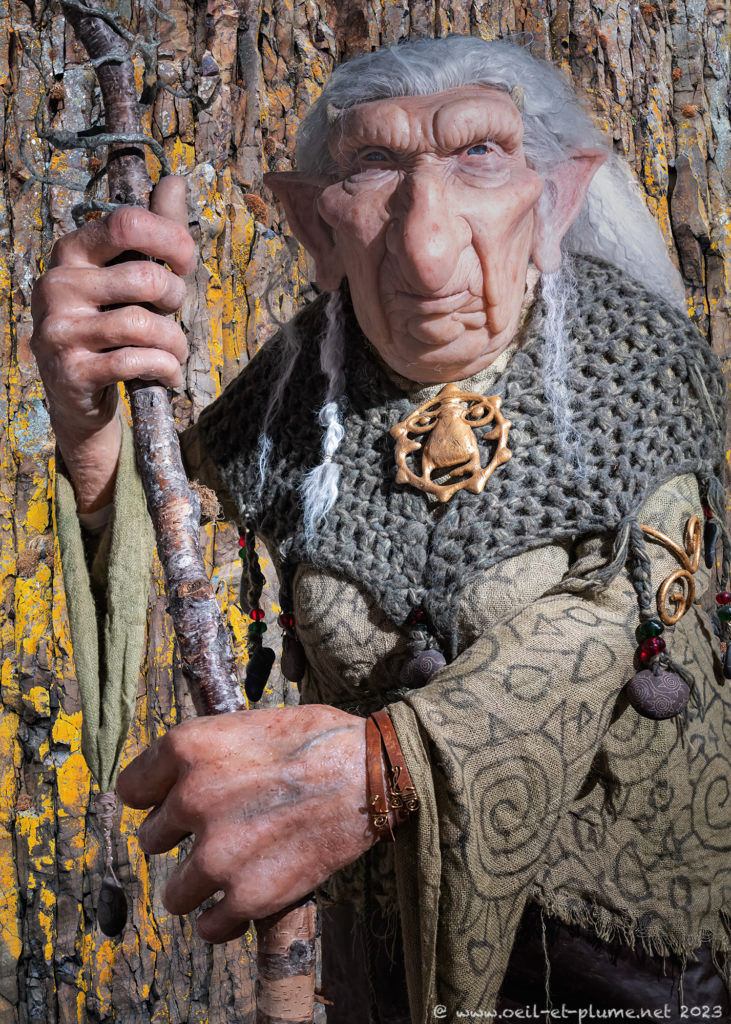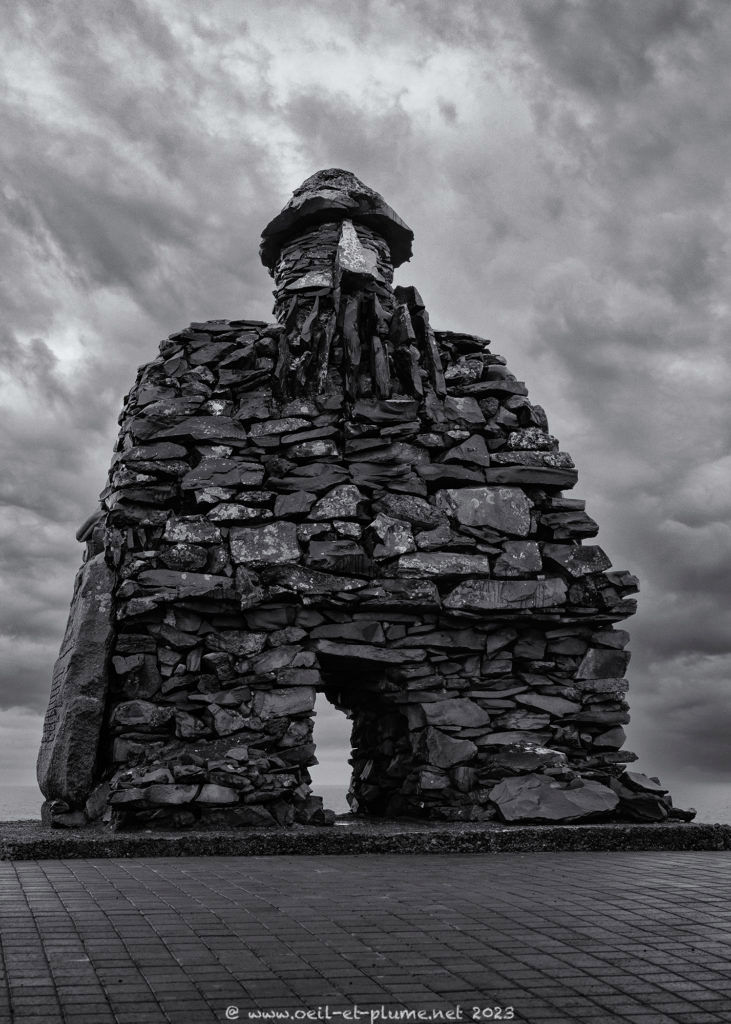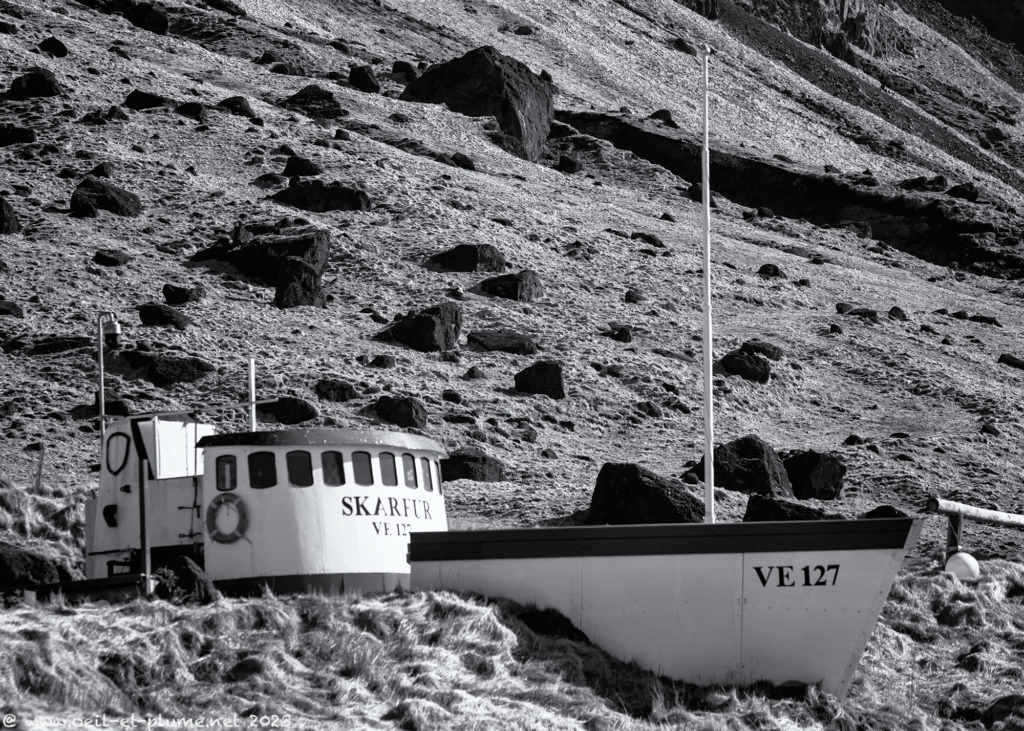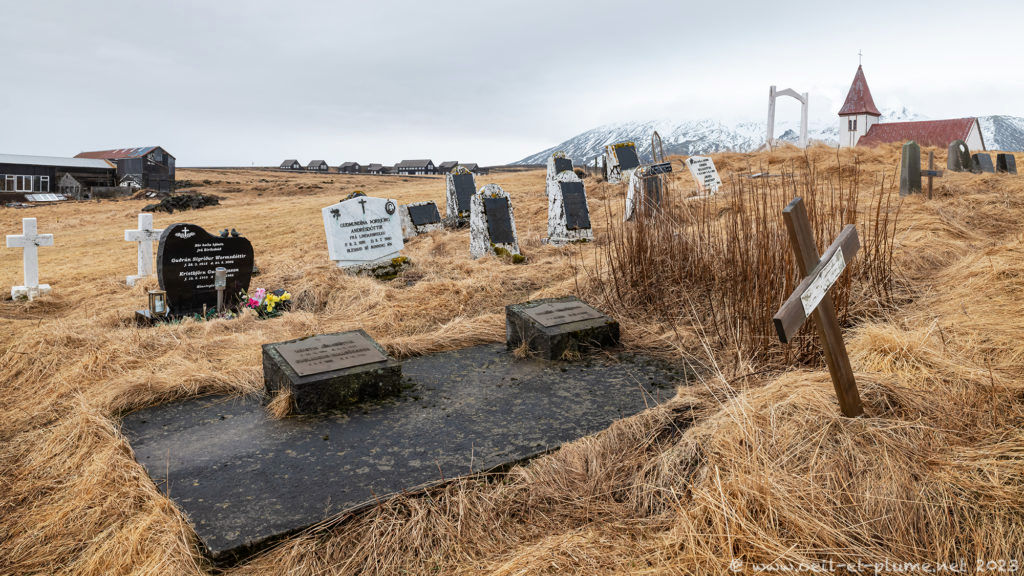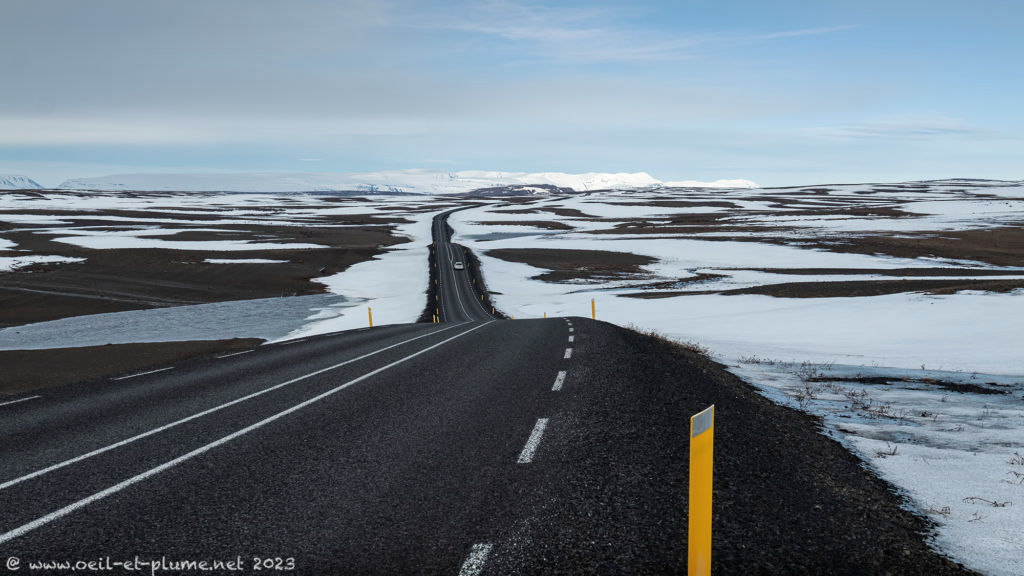Followed the early settlements in Iceland in late 9th century, many Norwegians and other Scandinavians immigrated to Iceland, alongside their serfs of Gaelic origin. Therefore, contemporary Icelandic culture draws upon its Norse and Gaelic roots, mixed with locally-brewed elements.
About one third of Icelandic population lives in Reykjavik. The remaining population is mostly scattered near the sea shore in many farms and private residences, with a lot of space available owing to the very low population density.
Early Norse settlers in Iceland brought many domesticated animals such as sheep, goats, cattle and horses. They defined the rural orientation of Icelandic traditional lifestyle.
Horse breeding
Icelandic horses are not taller than ponies. I love them. Their massive but elegant silhouette enhanced by their thick coat and long hair tunes so well with the local geography and climate. Horses were venerated by the early Icelandic settlers, in line with antique Germanic tradition. They are still cherished in contemporary local culture.
Icelandic horses are sturdy and long-lived. Their breed suffers from few diseases and is jealously protected. Icelandic law bans the importation of non-Icelandic horses into the country while exported local animals are not allowed to return.
Human habitat and footprint
The human permanent settlement in Iceland impacted heavily on local ecosystems. Initially abundantly forested, Iceland stands with scarce woods today. The forests were massively exploited over the centuries for firewood and timber, while agriculture and massive sheep herding contributed very significantly to the erosion of the fragile volcanic soils.
Icelandic traditional habitat relies essentially on natural materials. As wood was scarce already centuries ago, stone was the main construction material, while earth and long grass ensured thermic isolation. Contemporary constructions rely on more modern materials and techniques indeed, but remain aesthetically tributary of traditional habitat style.
I need to confess you something. My interest for Icelandic human habitat was steered by my vested wish to meet with the hidden folks and trolls in their respective homes.
Cultural heritage
Contemporary Icelanders cherish their political independence and keen to ensure their socioeconomic autonomy and welfare. They are also proud of their Viking cultural heritage and are keen to preserve their traditions.
Modern Icelandic language remains close to the medieval Norse language spoken by the Vikings. Iceland adopted Christian catholicism as state religion in 1000. It embraced Lutheranism since the Reformation in the 16th century. However, remnants of Norse pagan beliefs remain vivid in Icelandic culture today.
Iceland is full of folklore and legends influenced by Norse myths and Celtic fairy tales. Its lunar landscapes enlightened by aurora borealis in winter and midnight sun in summer constitute the perfect nest for stories of odd and supernatural creatures. In fact, those tales may be true.
I can feel your skepticism. Remember that according to the Norse cosmogony, our human world is only one of the nine realms conforming the Universe. Elves, dwarves, giants and many more creatures live in other realms and may visit the human world.
Hidden folk
Elves are delicate and small creatures who live in rocks and hills. They are part of so-called hidden folk. Icelanders respect their natural homes, to the point to design roads to circumvent rocks that are believed to host them. Icelanders often build dwarf-sized cutes houses close to their own homes to offer a comfortable accommodation to elves and to attract their favours. You better behave nicely with hidden folk who are known to be vengeful. They might for instance steal your baby and replace it with an old elf.
Despite all my efforts, I did not manage to meet with elves in Iceland. Better said, those members of hidden folk saw me but did not wish to reveal themselves to me. Never mind, I keep behaving nicely with them.
Trolls
Trolls are human-looking tall and strong creatures who live in the mountains. Made of earth and stone, they can only survive in the darkness of night. Sunlight is deadly to them, as it turns them immediately to stone. Those humanoid giants love mountains and leave them only to forage for food. Trolls hate christianity; they can smell christian blood from afar and are allergic to the sound of church bells. They may venture into the church at night to steal its bells or simply throw boulders from afar to destroy the church building.
In view of meeting trolls alive, I start my exploration by night in low lands near a mountainous area. I choose a full-moon night so that I could walk and orient myself without torch lamp.
After hours of crisscrossing swampy areas, I head to the sea shore. There, I spot one of those craggy giants who had been likely caught by surprise by dawn. Since then, the petrified troll hosts flocks of seagulls.
Further away along Iceland’s southern coast, stand the petrified remains of other trolls. According to local legends, those trolls were dragging a three-mast ship to shore and pillage it when the day broke and they were turned to stone.
Local legend has it that another two trolls murdered a local woman in the same area. Her husband hunted them down, attracted them out of their hideout at night until dawn to that they turned to stone. Their remains can be found inland. I decide to visit this area, in the hope that other trolls living in the same hideout will make themselves visible to me.
After hours of trek, I reach the arched entrance of a beautiful basalt formation: this could well be the trolls’ hideout. The ambient light is soft and beautiful, adequate and comfortable for them.
All of a sudden, a piece of rock starts moving and reshaping until a giant troll appears in front of me. He looks circumspectly at me: “Why do you look for trolls like me since days?”
I stammer for a while, before explaining that humans and trolls need to better know each others in order to cohabit more serenely. The troll listens and nods to my words. As the discussion goes on, I feel a friendly connection growing between us.
Unfortunately, a stark sunlight stray hits suddenly the troll’s face. The giant swears and grimaces in pain. Luckily, he manages to jump into a nearby geyser before the sunlight could turn it to stone. Eventually, the troll disappears from my sight while sitting under the hot water.
What happened to the troll whom I met and befriended? I don’t really know and keep tracing him. Is that him here, turned to stone?
Or does he live under cover in this boat embedded into the mountain?
Alternatively, the missing troll might rest in peace with deceased humans here.
I ran out of time to investigate further before my departure from Iceland. I will probably never clarify the fate of my friend the troll unless I return there soon.
So long, Iceland.
Cheers,
